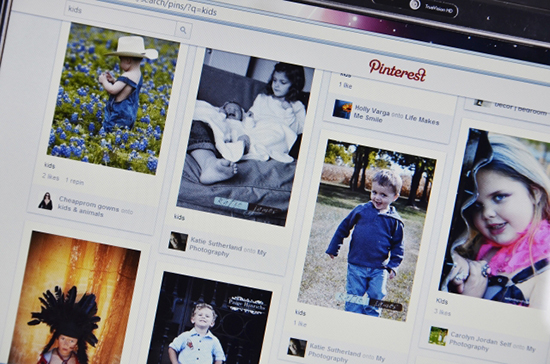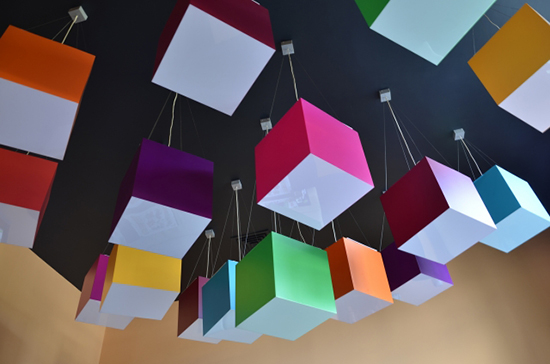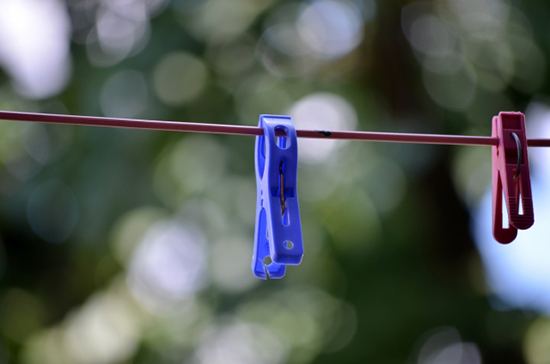How To Get Your Images Repinned
- 2013-08-10
- By photomaster
- Posted in Marketing

Despite its popularity – or maybe because of it – Pinterest can be a really hard nut to crack for the average marketer. The rules surrounding the site are hard to understand because the issue of copyright on the internet is still an ambiguous one. There is also no real set of standards for what will and won’t go viral when it comes to images, and there have been some amazing pins that have been ignored while others less deserving have launched into infamy.
But inbound marketing gurus are working overtime to try and deconstruct the formula for what makes a pin work. All over the web you can find some genuinely helpful tips on getting more repins on your images.
As a frequent Pinterest user myself, both for promotion and personal use, I have noticed some tips are truer than others. While I cannot absolutely swear by the effectiveness of this advice for everyone, nor can anyone else offering it, this is what has worked for me. Hopefully it will also work for those reading this currently attempting to break through the Pinterest gate.
1. Color Psychology Is Important
One of the biggest trends you will notice in viral or just popular images is the color. While it isn’t strictly the case, on average the most repinned images are going to be brighter, containing reds, oranges and yellows in their hues. Why do these get the most pins? Probably because of the psychology of colors and the way our brains (and so eyes) react to those particular shades. They convey a sense of urgency or warning, passion and energy. That will catch the eye and so the attention of the viewer, making the user less likely to skim over it and more likely to open it up. Once you have their gaze, you have a better chance of being repinned.
2. Bright and Cheerful Wins The Day

You might notice that a common theme on Pinterest is ‘happy’. The images that are most passed around are bright, colorful and cheerful. The darker stuff is around, but rare and usually some kind of a niche item. Such as a fan tribute to some kind of media entertainment. Bright images that show off more light are always going to do better than those that are taken to appear more dark. So go for well lighted photos when you upload your pins.
3. Don’t Put Your Best Face Forward
This one is kind of weird, but I originally saw it in a tweet and went looking for more information. Turns out it is absolutely true: images with faces in them get 23% less pins than those without faces. Why is this? Probably because the Pinterest is very “action oriented”.
The most popular pins are usually some kind of recipe or DIY project, things you can replicate at home. Seeing someone’s face doesn’t really fit into that fantasy of making the object or setting you see in your picture. Even landscapes on Pinterest in the Travel section are leaning towards this fantasy. So if you have a face in your image, try cropping it out.
4. Be Careful Of Too Much Space
Another slightly odd one, people don’t seem to like images that have a lot of empty space in them. While you would think the clean, minimalist look of a blank background would be a positive for an image site, the repinning just doesn’t seem to reflect that.
People prefer less background, more focus on the main image, and when there is background to have the bulk of it filled with some kind of image. So something set on a white canvas is probably not going to be pinned.
5. Direct Links Are Better Than Indirect

Want a quick way to invite the ire of your pinners? Post an image that doesn’t link to the direct source of that image. Too many people will attach the pin to a link to the thumbnail on their site’s front page, which over time will get buried in updates. Making the pinner have to search for the original image in the sea of posts. This might seem like a clever way to introduce a person to your site as a whole, but it backfires.
Have a tip for getting more repins on Pinterest? We would love to hear them, so leave us a comment!
 Use our free gallery to choose a photo for your next blog post: Smart Photo Stock
Use our free gallery to choose a photo for your next blog post: Smart Photo Stock

[…] Use Pinterest. It might not be the largest social network on the web, but it is still very popular and growing by the day. Plus, the average Pinterest user will also have a Facebook and Twitter account, often syncing them up. Images also go viral very easily on Pinterest, since there is only a single kind of content, narrowing the focus. […]